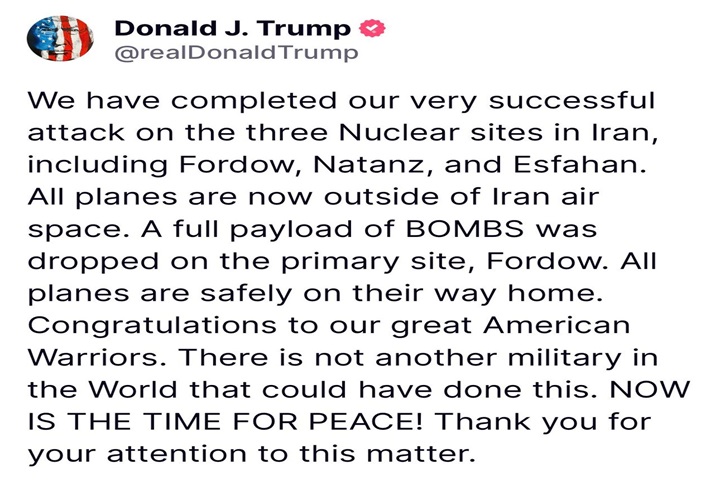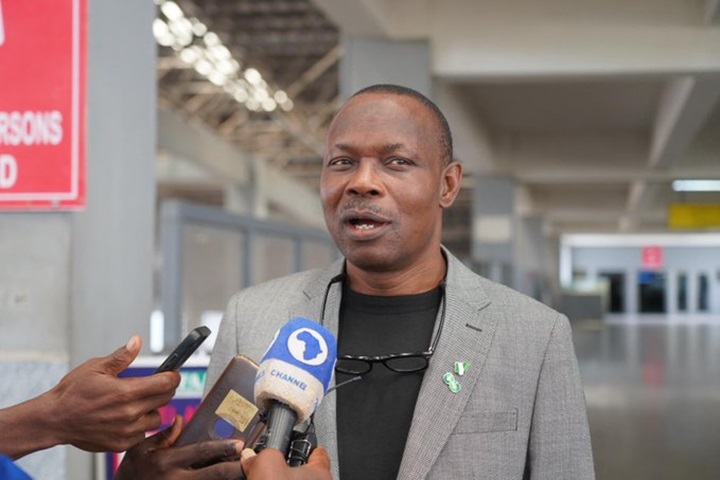News
Starlink withdraws internet service hike for Nigerian customers
Starlink, a leading global satellite internet provider owned by Elon Musk’s SpaceX, has officially withdrawn its plan to increase monthly subscription rates for Nigerian customers.
Recently, about three weeks ago, the company announced a significant adjustment to its monthly subscription rates, elevating them by 97% from N38,000 to N75,000, which prompted widespread dissatisfaction among its Nigerian customers.
Starlink also increased the price of its installation kit for new users to N590,000 from N440,000.
On Thursday, the internet service provider issued a notification to its subscribers announcing the temporary suspension of the recently implemented price increase, citing ongoing regulatory discussions.
The notification reads: “Effective last month, we implemented a price adjustment for Starlink’s monthly service in Nigeria to offset the effects of inflation, ensuring the sustainability of our operations and continued provision of reliable services.”
“In light of current regulatory challenges, we have decided to temporarily suspend the price adjustment introduced earlier.”
“ We reaffirm our dedication to providing Nigerians with exceptional internet services, yet require supportive regulatory frameworks to implement critical upgrades.”
The company, serving over 24 million internet users assured customers previously charged the increased rate that they will receive a corresponding credit adjustment.
What is Starlink?
Starlink is a satellite internet constellation developed by SpaceX, founded by Elon Musk.
It aims to provide fast, reliable, and global internet connectivity.
Early Developments
Between 2015 and 2017, ElonMusk announced SpaceX’s plan to develop a satellite internet constellation.
Starlink’s initial funding was $1 billion with a goal to provide global internet connectivity, and generate revenue for Mars missions.
Launching
In 2018 and 2019, SpaceX files FCC application for 4,400 satellites were launched and its first test satellites, Tintin-A and Tintin-B were launched.
Also, in the same year Starlink’s demo program begins in rural Washington.
On May 24, 2019, first batch of 60 Starlink satellites were launched and on November 11, 2019, the Second batch of 60 satellites were also launched.
Key Features
The key features of Starlink include satellite-based internet, global coverage, and high-speed connectivity (up to 1 Gbps).
It has low latency(20-30 ms), portable and compact terminals, and no data caps or throttling.
Besides, it has unlimited data, no contracts or long-term commitments and it is weather-resilient.
How Starlink Works
The internet service works with a network of 42,000 satellites in Low Earth orbit (LEO).
Its satellites communicate with user terminals on the ground and signals are relayed to ground stations, connected to the global internet
Users access the internet through the Starlink app or web interface.
Benefits of Starlink
Starlink aids connectivity in rural and remote areas.
It has global coverage, including underserved communities and it has fast and reliable connectivity for businesses, homes, and mobile users.
Moreso, the service has potential for emergency response and disaster relief.
Pricing and Plans of Starlink
Starlink’s pricing and plans in Nigeria have undergone some changes recently.
Available Plans
The Residential plan costs ₦75,000 per month, ideal for households with unlimited data.
Besides,the Roam plan is ₦167,000 per month, suitable for RVs, nomads, and campers .
Also, the priority plan is ₦80,000 per month, best for businesses and high-demand users.
Hardware Costs of Starlink
The Starlink Kit, including a satellite dish, Wi-Fi router, and mounting equipment, costs approximately ₦440,000.
Although the prices may vary, it’s always best to check the official Starlink website or contact their customer support for the latest information.
Availability
Initially launched in the United States, Canada, and the UK, and it is currently expanding to other countries and regions.
Technical Details
Starlink has its satellites as 570 kg each, 1.1 kW solar power and its frequency bands is Ka-band and Ku-band.
It uses phased array antenna technology and uses a mesh network as its network architecture.
Challenges and Controversies
The company faces space debris concerns, interference with astronomical observations, regulatory hurdles, and competition from other satellite internet providers.
Future Developments
The service provider has plans to integrate with SpaceX’s Starship program, enhance network capabilities and speeds, expand coverage and availability and potential for mobile and maritime connectivity.
Resources
Its resources include Starlink website, SpaceX website,and Starlink Reddit community.
Starlink’s rapid development and deployment have made it a leading player in the satellite internet market.
For Diaspora Digital Media Updates click on Whatsapp, or Telegram. For eyewitness accounts/ reports/ articles, write to: citizenreports@diasporadigitalmedia.com. Follow us on X (Fomerly Twitter) or Facebook













